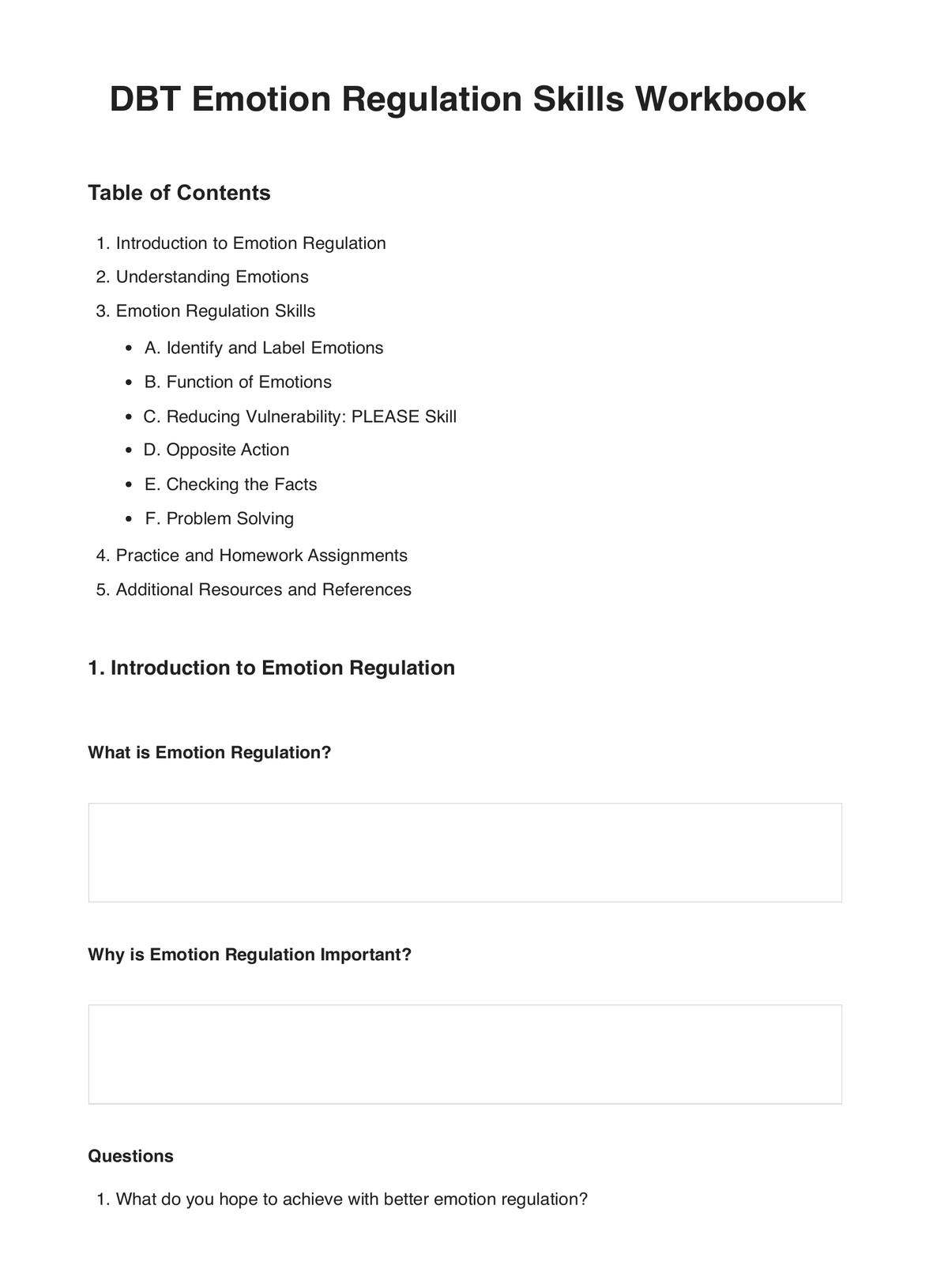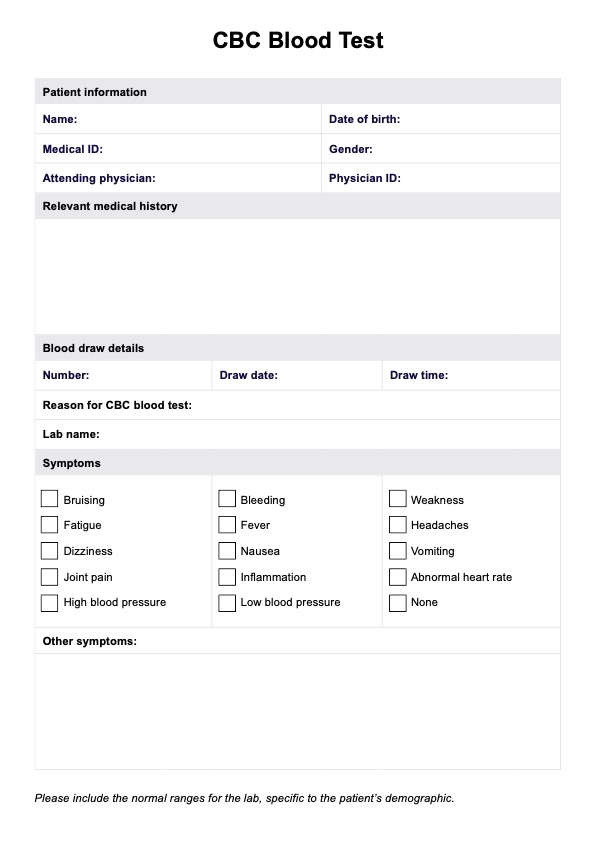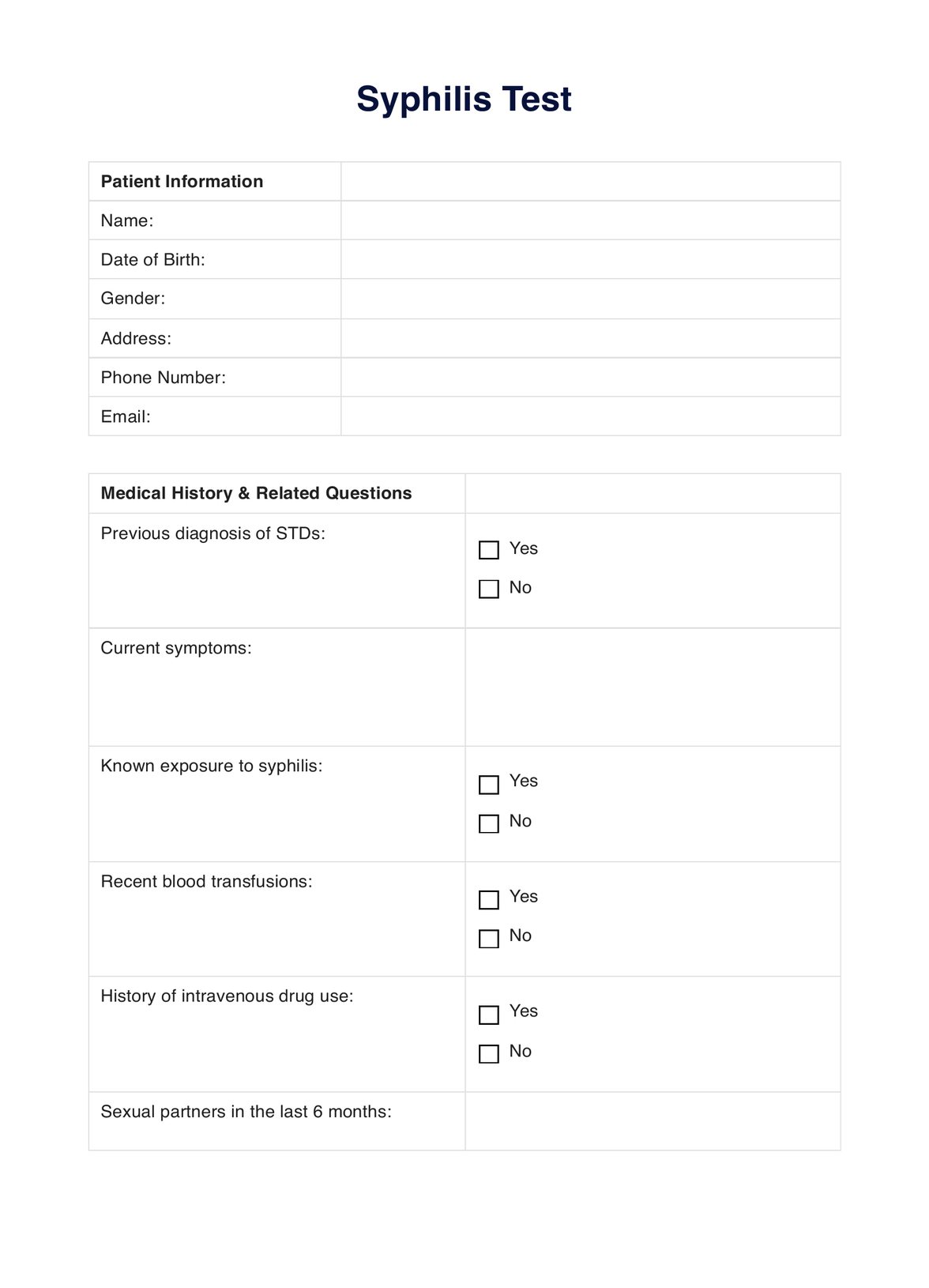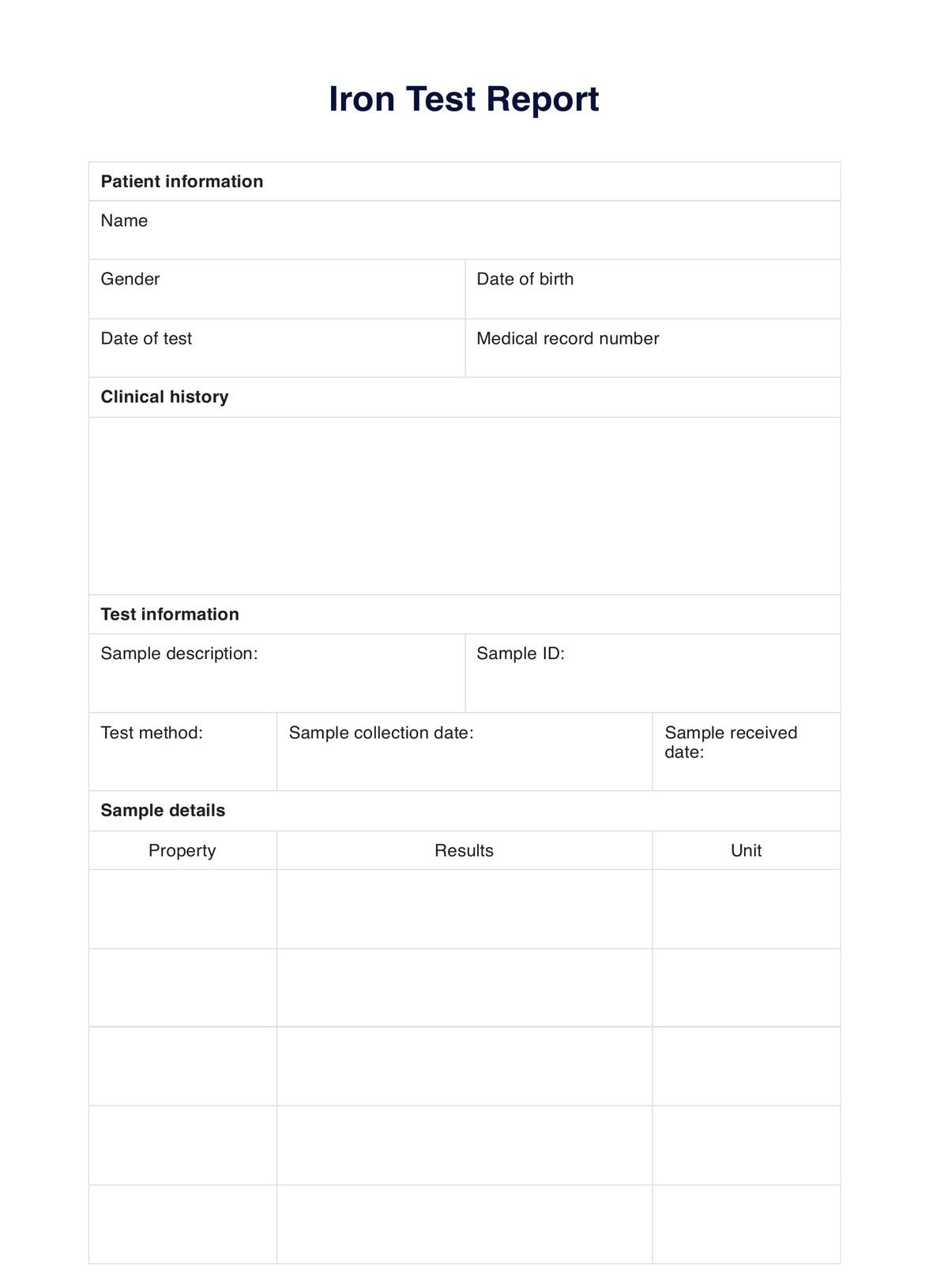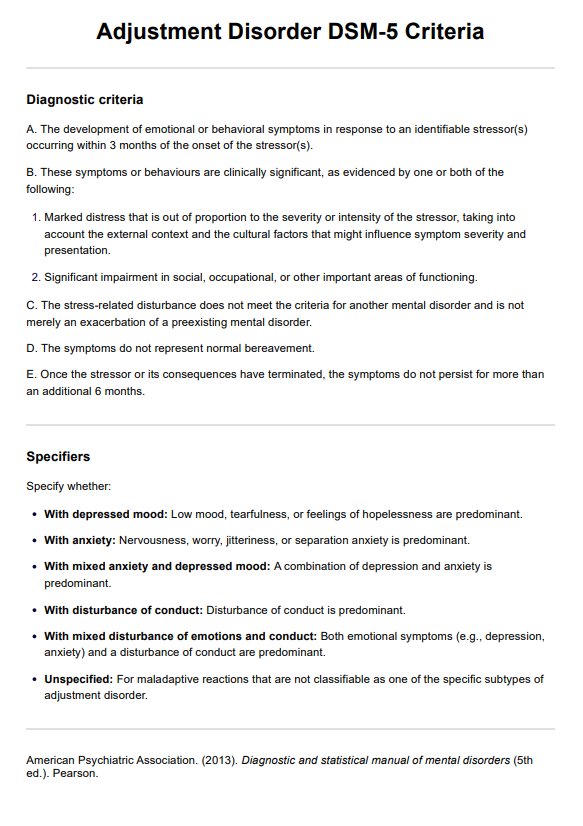Ferritin Blood Test Reports
Get a free Ferritin Blood Test Report template and an example for reference. Learn about the importance of this test and how to interpret results.
�?�


What is a Ferritin Blood Test?
The Ferritin Blood Test is a simple laboratory procedure that measures ferritin levels in an individual's blood. Ferritin is a protein present in the body that helps store iron for the body to use when needed.
Ferritin Blood Test results can help diagnose iron deficiency or iron overload conditions, such as anemia, hemochromatosis, or chronic diseases. Additionally, this test can aid in monitoring the effectiveness of treatments for these conditions.
The Ferritin Blood Test involves a simple blood draw, typically taken from a vein in the arm. Patients usually do not need to fast or take any special precautions before the test. Once the blood sample is collected, it is sent to a laboratory for analysis. The results can then be recorded in a Ferritin Blood Test Report and are reported in nanograms per milliliter (ng/mL).
Ferritin Blood Test Reports Template
Ferritin Blood Test Reports Example
How does it work?
Carepatron's free Ferritin Blood Test Report template allows you to record your patient's Ferritin Blood Test results in an organized and comprehensive format. Here's how to use the template:
Step One: Access the template
Obtain a copy of the Ferritin Blood Test Report template via the link on this page. You can also download it from our practice management software's resources library or the Carepatron app.
Step Two: Enter patient information
Input the patient's personal information, including their name, date of birth, and gender. This will help you easily identify and associate the report with the correct patient.
Step Three: Record test results
Document the Ferritin Blood Test results in the designated section. You can also include any relevant notes or comments regarding the results.
Step Four: Review and interpret results
Upon receiving the test report from the laboratory, review and interpret the results in the context of the patient's medical history and current health status. Utilize your professional expertise to determine if further action or treatment is necessary.
Step Five: Document in the patient's records
After interpreting the results, document them in the patient's electronic health records for future reference. This can help you track the patient's progress over time.
Step Six: Share with the patient
Share the Ferritin Blood Test report and your interpretation of the results with the patient. Use clear and understandable language to explain the results and any recommended next steps.
When would you use this template?
You can utilize the Ferritin Blood Test Report template when conducting Ferritin Blood Tests for patients as part of their routine health assessments or to monitor specific conditions or treatments. Moreover, you can use this template to:
Identify potential abnormalities or patterns in the results
By maintaining a record of the patient's ferritin levels over time, you can detect potential abnormalities or patterns that warrant further investigation or treatment. This also allows you to track the effectiveness of any medications or lifestyle changes.
Educating patients on the role of ferritin
Many patients may not be aware of the crucial role ferritin plays in their overall health. This template can help educate patients about Ferritin's bodily functions and its implications for their well-being.
Guide treatment decisions
You can also use our free template to guide treatment decisions for patients with abnormal ferritin levels. By providing a comprehensive report of the patient's results, you can determine the appropriate action and monitor any changes or improvements.
Foster proactive healthcare conversations
This template can also facilitate proactive healthcare conversations between you and your patients. The report can be a starting point for discussing lifestyle changes, treatment options, and potential risks or concerns by providing clear and detailed information about the patient's ferritin levels.
What do the results mean?
The normal range for ferritin levels can vary depending on age, gender, and other factors. However, a general guideline is as follows:
�?� Men: 24-336 ng/mL
�?� Women: 11-307 ng/mL
�?� Children (age-dependent): 7-140 ng/mL
Elevated or low ferritin levels can signal underlying medical conditions or imbalances in iron storage, requiring further evaluation and treatment. It is crucial to interpret the results within the context of the patient's age, gender, and other relevant factors.
Some potential interpretations of Ferritin levels include:
�?� Elevated ferritin levels may indicate iron overload conditions such as hemochromatosis or inflammation.
�?� Low ferritin levels can indicate iron deficiency anemia or chronic diseases.
Monitoring ferritin levels in patients with chronic diseases can help assess their disease management and response to treatment. Moreover, ferritin levels may be monitored in pregnant individuals to ensure healthy iron stores for both the mother and baby.
It's important to note that these interpretations are general guidelines, and further assessments and tests may be necessary to pinpoint the underlying cause of abnormal ferritin levels.
Commonly asked questions
A primary care physician, hematologist, or gastroenterologist may request a Ferritin Blood Test to assess iron levels and overall health.
Ferritin Blood Tests are typically used when there is suspicion of iron deficiency or iron overload. They are also valuable in monitoring treatment for conditions like anemia or hemochromatosis. Additionally, these tests may be conducted as part of routine health check-ups for specific patient populations.
The test usually takes only a few minutes, but the entire process may take up to an hour, considering factors such as sample collection and processing time. Results are generally available within a few days.


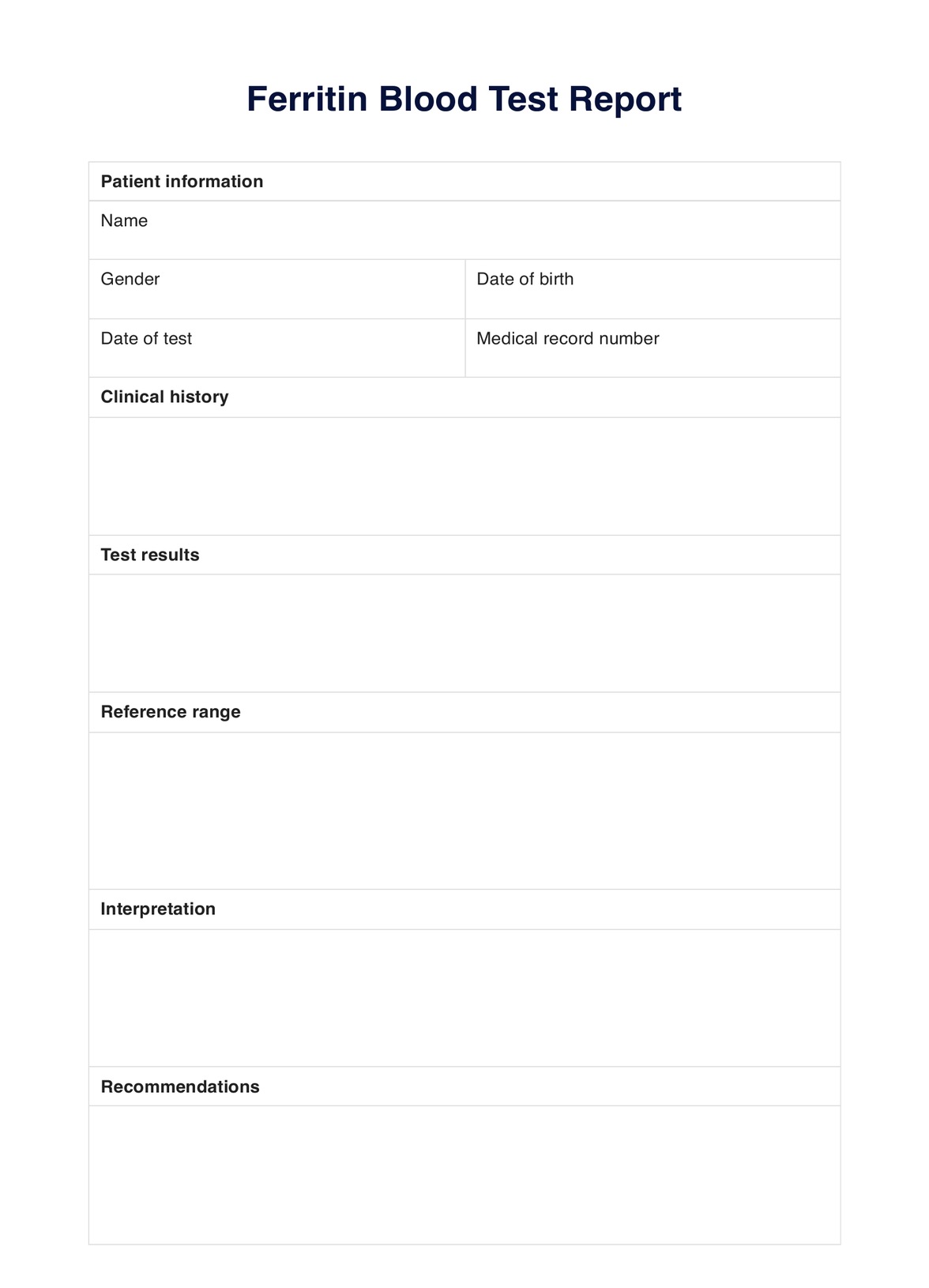
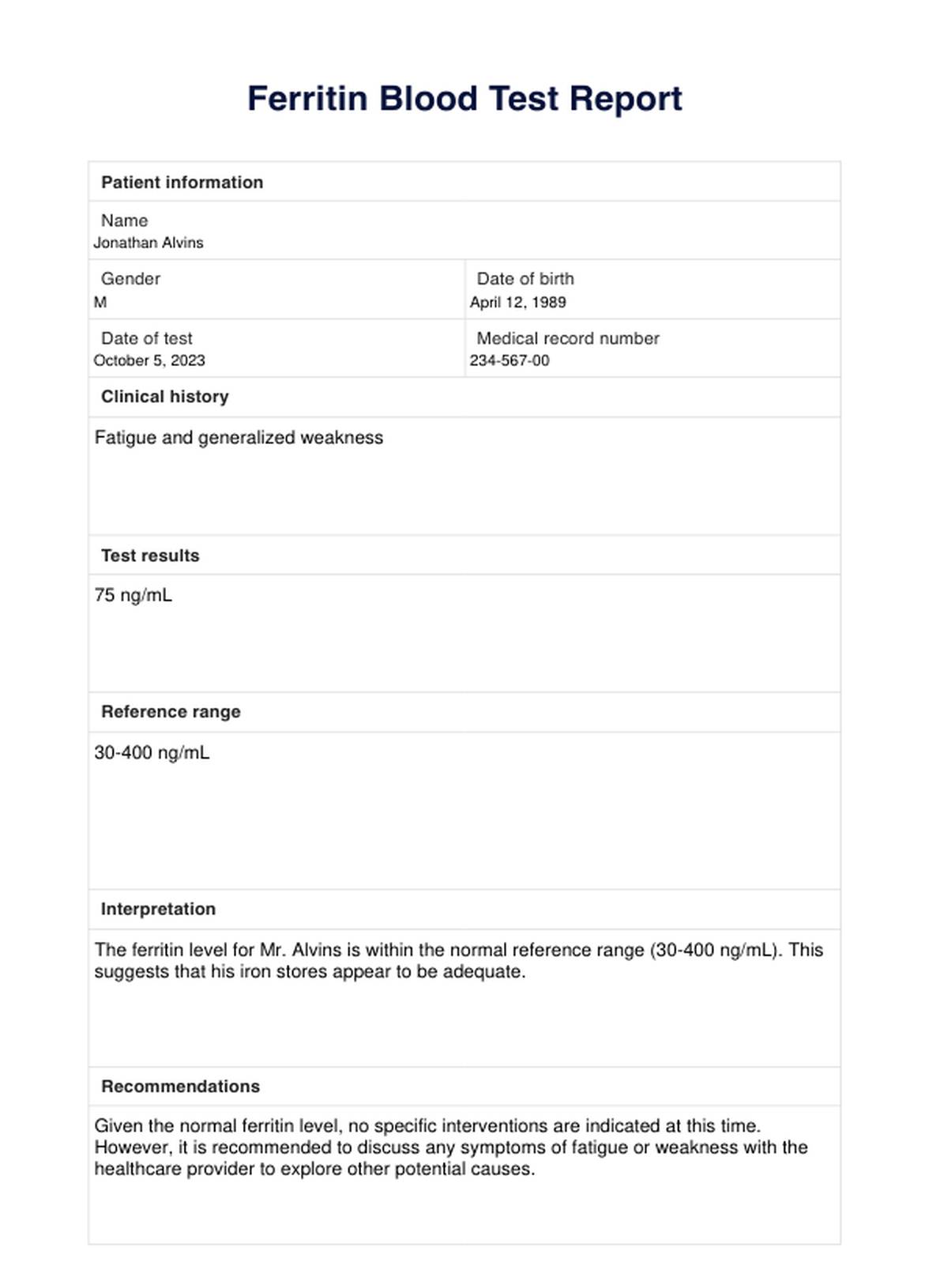

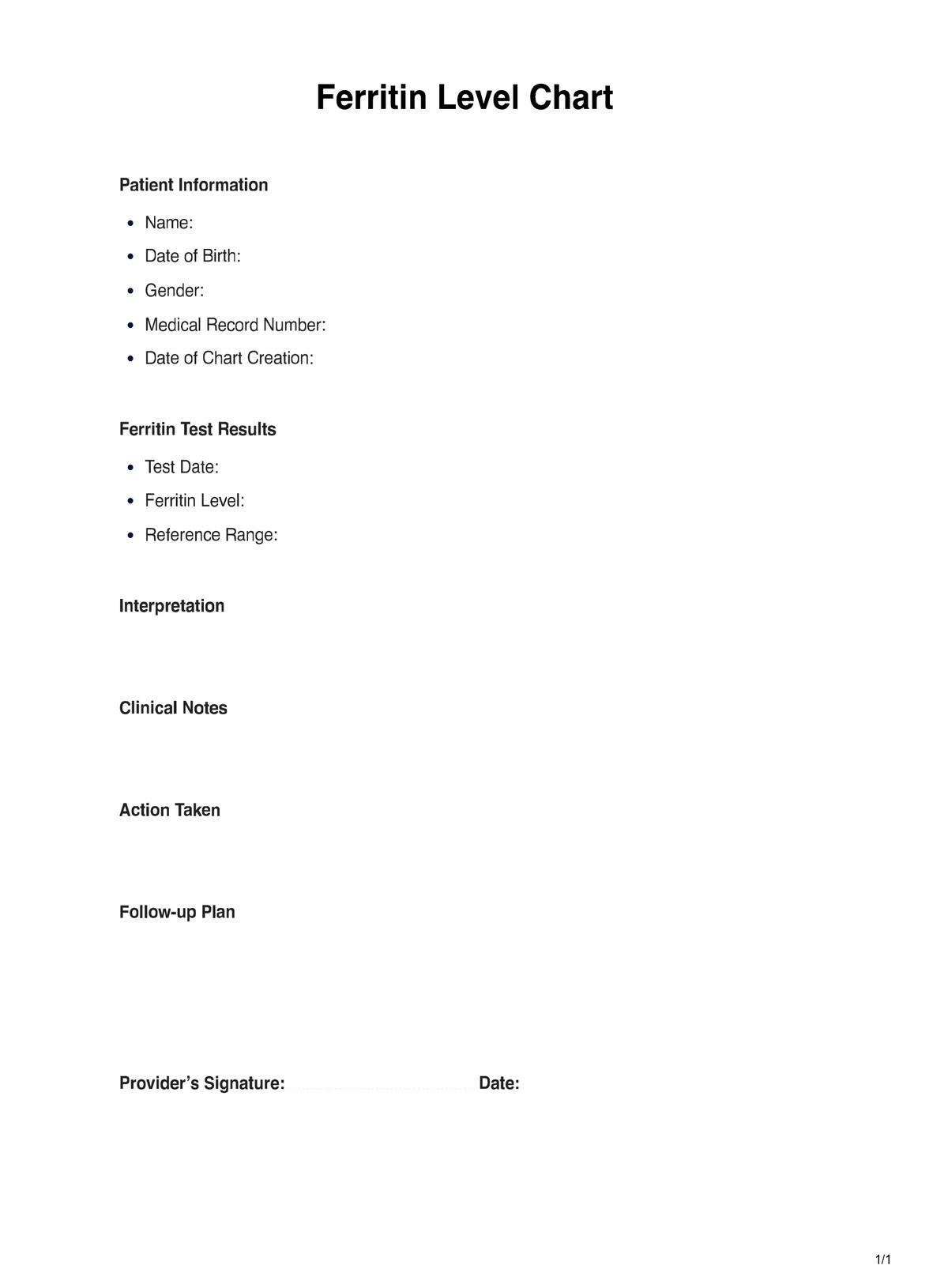

















-template.jpg)

















































































